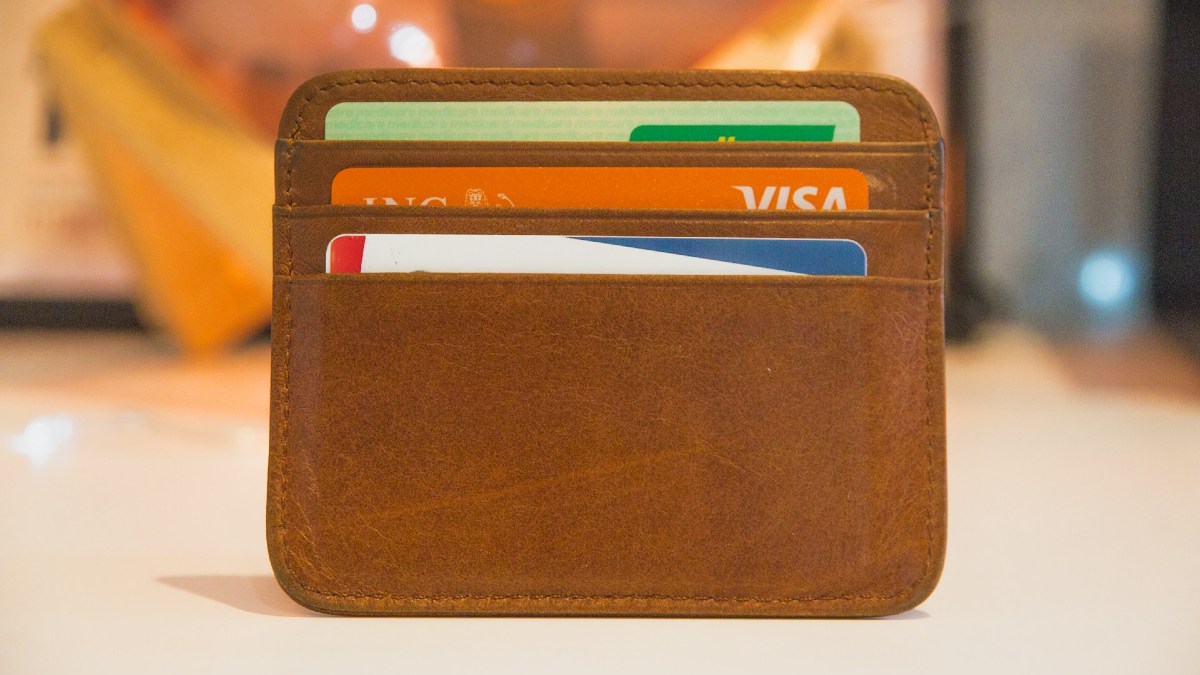
- Australia is on track to ban debit card surcharges from 2026, subject to an RBA-led review.
- It's a major shift that could see pesky surcharges at point-of-sale - which have become prolific - eliminated.
- Credit cards, which tend to attract higher merchant costs, could still see some surcharges.
- Many groups have backed the ban but some say this will place more pressure on small businesses, lest they pass on price rises or meaningful scrutiny is placed on merchant fees in the first place.
- The UK and Europe have eliminated card surcharges to some success and varying shifts in market pricing.
In any given month around $50 billion worth of debit card purchases are made in Australia, as well as about $25 billion made on credit cards. In terms of cards on issue, there are more than 48 million debit cards and 15 million credit cards - roughly three cards for every Aussie aged 15 and over.
It's no doubt that Visa and Mastercard are the platforms backing up the lion's share of these cards and purchases, with American Express making up a smaller percentage. However, what are the differences between them? You probably don't get a choice - it all comes down to which one your bank uses - and neither are inherently a card but a payments network. However it can be important to know more about them, and potentially equip your wallet with cards on both platforms.
About Visa & Mastercard
Visa Debit is one of the two major international payment networks operating in Australia. It allows Australians to access their own funds through ATMs and EFTPOS, as well as make online and contactless purchases. Visa offers benefits like Verified by Visa fraud protection, zero liability policies, and broad acceptance. Certain cards may get access to Visa's series of 'DragonPass' airport lounges, spanning more than 1,200 locations worldwide.
Mastercard functions similarly as a global payment network, offering debit as well as credit and prepaid options. Its debit network is accepted in over 200 countries. In Australia, banks issue Debit Mastercards that give users the same convenience as Visa, such as online and overseas spending, contactless tap-and-go, and added perks tied to Mastercard's "World" and "World Elite" tiers. Some cards might get access to 1,000-plus of the brand's Travel Pass airport lounges.
Visa or Mastercard: What Your Bank Uses
Your choice of network depends almost entirely on your bank. Here's a breakdown of popular Australian banks and their debit card platforms:
|
Bank |
Debit Card Network |
|---|---|
|
Visa Debit |
|
|
Mastercard Debit |
|
|
Mastercard Debit |
|
|
Visa Debit |
|
|
Mastercard Debit |
|
|
Visa Debit |
|
|
Mastercard Debit |
|
|
Visa Debit |
|
|
Visa Debit |
Merchant Fees - Visa vs Mastercard
A growing talking point is merchant fees, which are increasingly passed onto the consumer. For many shoppers and card types, Visa and Mastercard debit cards typically have almost identical fee structures.
In 2023, the RBA found the average cost of a debit card transaction was 0.4% while for credit cards it was 0.8%. These costs could be as high as 1% or more depending on the credit card type. This is a cost burden for the business, and are increasingly passed on to the consumer; in 2022 the RBA found 7% of all card payments attracted surcharges up from 5% in 2019.
These can add up for the merchant, and when passed onto the consumer, can add up when out shopping. Further, big retailers usually get special cut-price deals where they don't face fees as high as smaller businesses.
Eftpos
Eftpos is an Australian payment system owned by the banks. Despite most cards in Australia being on the Visa or Mastercard platforms, many are also equipped to route transactions through Eftpos. When inserting the card - instead of tapping - and selecting Cheque or Savings, customers might face zero surcharges. This is because Eftpos fees are lower on average for merchants than for Visa and Mastercard.
Choosing the Right Card
As the networks themselves provide nearly identical functionality - global acceptance, fraud protection, tap‑to‑pay - the decision is ultimately determined by which network your bank supports. And the features on each card can be product-specific.
-
Fees: Look beyond network charges; compare monthly account fees, ATM/overseas withdrawal costs, and international transaction rates. Also look at credit card-specific fees such as annual fees.
-
Perks: Some credit cards offer things like airline lounge access, complimentary travel insurance, and
-
Foreign exchange: If your card charges foreign transaction fees - some don't - they typically amount to 3% on every transaction, sometimes higher on particular credit cards.
-
Acceptance: Acceptance is near-identical between Visa and Mastercard, however certain exceptions might apply, especially overseas. Some machines might not accept one platform while they do for another. This might make it a good idea to equip your wallet with both platforms.
Article originally written in April 2019 by Jonathan Jackson
Head photo by Stephen Phillips on Unsplash